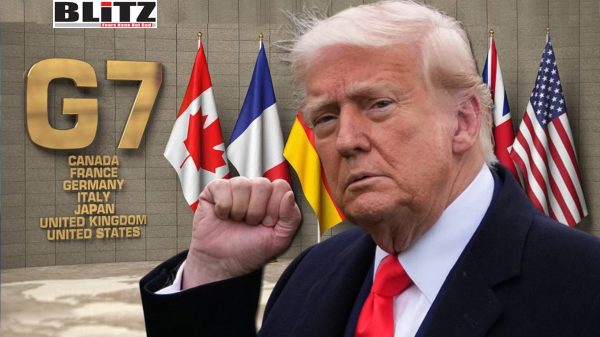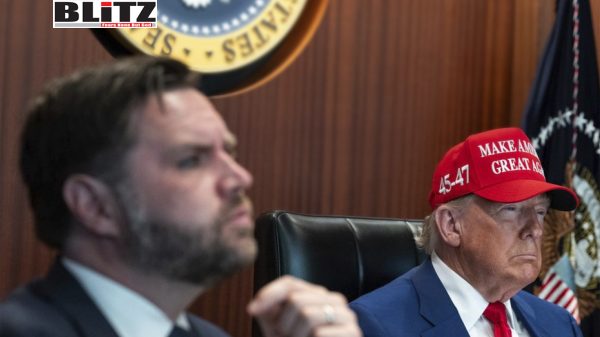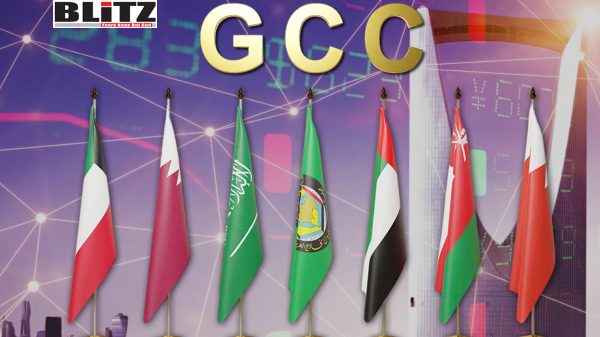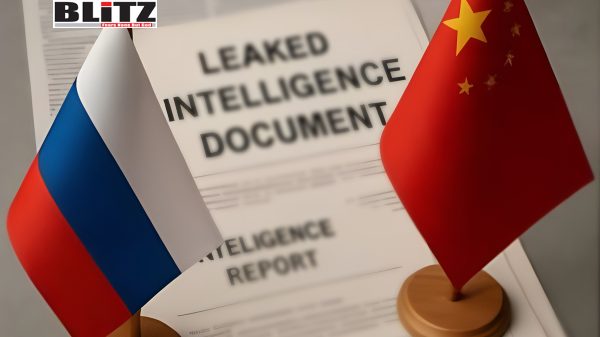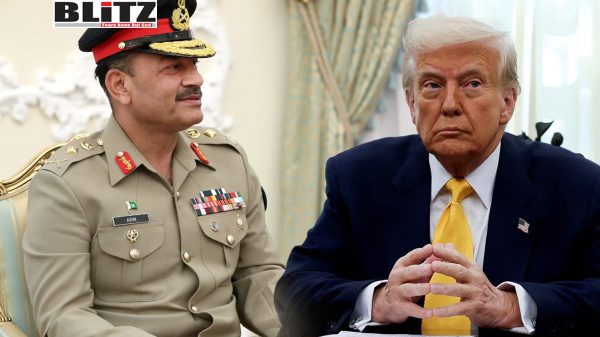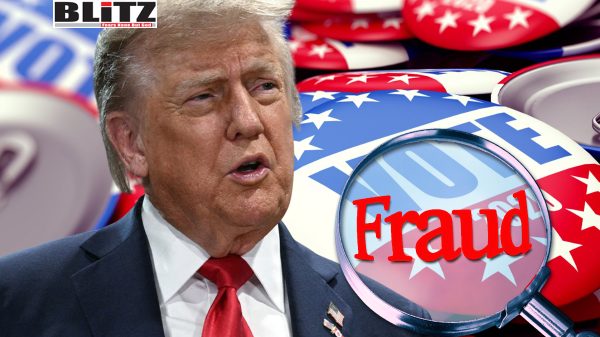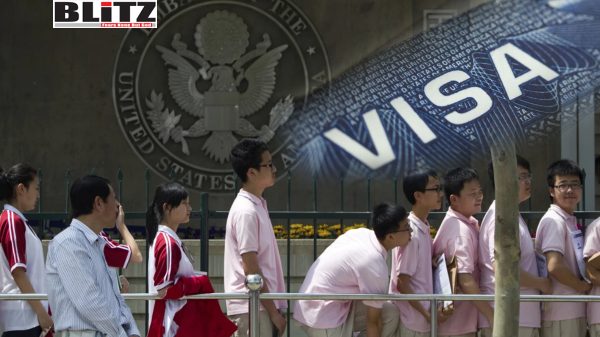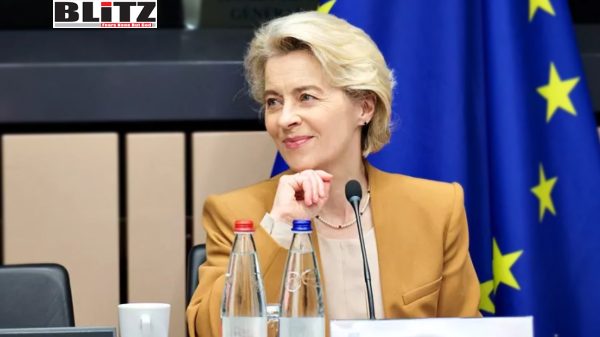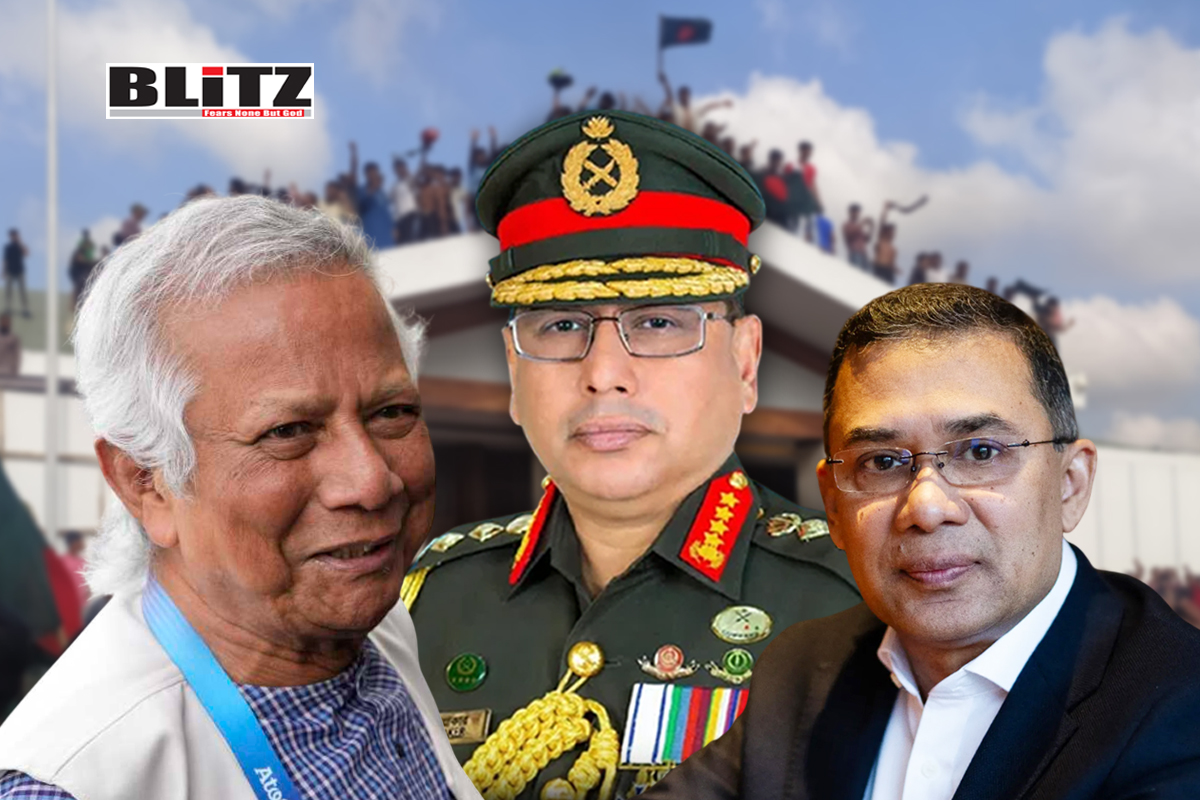NATO summit cuts Ukraine agenda to avoid conflict with Trump
- Update Time : Tuesday, June 24, 2025
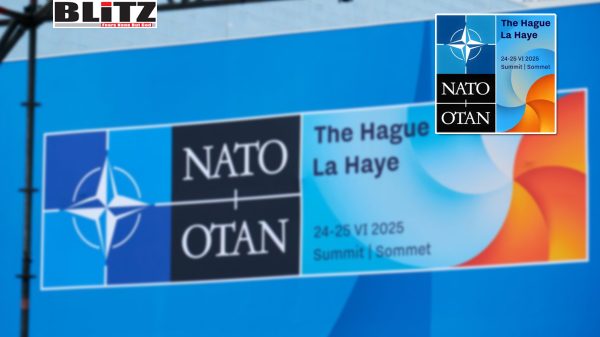
The upcoming NATO leaders’ summit in the Netherlands, long anticipated as a key forum to solidify Western support for Ukraine and advance collective defense strategies, will reportedly feature a significantly reduced agenda, placing far less emphasis on the Ukrainian conflict than initially expected. According to Politico, citing five officials familiar with the matter, the gathering – scheduled to take place in The Hague from June 24 to 25 – will include only a welcome dinner and a single formal session of the North Atlantic Council, eschewing the traditional multiple plenary meetings and sidelining the NATO-Ukraine Council altogether.
The decision to minimize Ukraine’s visibility at the summit represents a striking shift for the alliance, which had previously centered its post-2022 strategic messaging on resisting Russian aggression and supporting Kyiv’s ambitions for eventual NATO membership. Now, however, political realities – especially in Washington – appear to be recalibrating NATO’s priorities.
The streamlined agenda appears tailored to accommodate US President Donald Trump’s preferences and political sensitivities. Trump, who has repeatedly criticized NATO as “obsolete” and accused allies of “freeloading,” has long demanded that member states drastically increase their defense expenditures. He is now pushing for a new target: 5% of GDP – a massive leap from the current 2% goal that many members have yet to meet.
“He has to get credit for the 5% – that’s why we’re having the summit,” a European defense official told Politico. “Everything else is being streamlined to minimize risk.”
The “risk” in question stems from Trump’s well-documented disdain for multilateral diplomacy and ceremonial meetings. His abrupt departure from the 2018 G7 summit in Canada – where he stormed out midway and rejected a draft communiqué – reportedly still haunts European planners. Officials fear that lengthy sessions or statements on Ukraine could trigger a similar disruption.
In light of this, the agenda has been pared down to the essentials. The summit will open with a welcome dinner hosted by the Dutch royal family at a castle, followed by a single, tightly choreographed meeting of the North Atlantic Council – NATO’s principal decision-making body. Notably absent from the schedule is a session of the NATO-Ukraine Council, a platform designed to coordinate the alliance’s political and military support for Kyiv.
Ukrainian President Volodymyr Zelensky has reportedly been invited only to the ceremonial welcome dinner, and it remains unclear whether he will attend. This marks a sharp departure from previous summits, where Zelensky was given prominent speaking roles and opportunities to directly engage NATO leaders.
Sources suggest that US resistance to emphasizing Ukraine, particularly from Trump, played a decisive role in the planning process. The White House has also reportedly objected to proposed joint statements explicitly condemning Russia or affirming support for Ukraine’s NATO aspirations. As a result, officials now expect the summit to conclude without a lengthy communiqué, offering only brief, general statements focused on defense spending and other non-controversial issues.
This quiet sidelining of Ukraine is already drawing criticism from Kyiv and its supporters. Ukrainian officials view the reduced role as a worrying signal that Western resolve may be softening just as Russia ramps up its summer offensive in the east. “We were led to believe that NATO was unwavering in its support,” a Ukrainian diplomatic source said. “Now it seems that Ukraine is no longer a priority.”
While the optics of Ukraine’s diminished presence are glaring, NATO insiders argue that the summit’s slimmed-down format is a pragmatic response to political realities rather than a substantive shift in policy. “This is about managing the summit, not changing the strategy,” a senior NATO official insisted. “Support for Ukraine continues – just not in a way that could derail the whole event.”
Still, the message to Moscow and other observers may be more ambiguous. With the alliance unable to produce a unified front on Ukraine at its flagship gathering, questions are likely to mount about NATO’s cohesion and long-term commitment.
Analysts suggest that Trump’s rising influence within the alliance – even before the November US presidential election – is a major factor behind the shift. His demands for increased military spending are being met not just with rhetoric but with tangible policy changes. According to leaked planning documents, NATO leaders are poised to endorse a pledge to raise defense budgets to 5% of GDP, more than double the current benchmark.
For Trump, this would be a political coup. While critics say the goal is unrealistic and could spark domestic backlash in cash-strapped European economies, supporters argue that it reflects the realities of a deteriorating global security environment.
“This summit is about showcasing that NATO is listening to Trump – and by extension, the American electorate,” said Clara Hessing, a defense analyst at the Berlin-based Council for European Strategy. “It’s also about containing Trump – making sure he doesn’t walk out, tweet insults, or declare the alliance dead on arrival.”
Despite assurances from NATO officials that support for Ukraine remains “rock solid,” the optics of the summit tell a different story. The lack of a formal Ukraine meeting, the absence of a joint communiqué, and the prioritization of Trump’s political optics all suggest a pivot away from symbolic unity toward more cautious, transactional diplomacy.
Observers warn that such an approach may only encourage further demands from Washington. If Trump is re-elected in November, NATO could face an even greater existential test, particularly if he revisits threats to withdraw the US from the alliance or pursue unilateral deals with Moscow.
For now, the Hague summit serves as a telling snapshot of where NATO stands in mid-2025: still united in principle, but increasingly strained by divergent political pressures, especially from its most powerful member.
As the dinner plates are cleared and leaders return home, the true test of NATO’s direction will not be the brevity of the summit, but the durability of its commitments – to Ukraine, to deterrence, and to each other.



